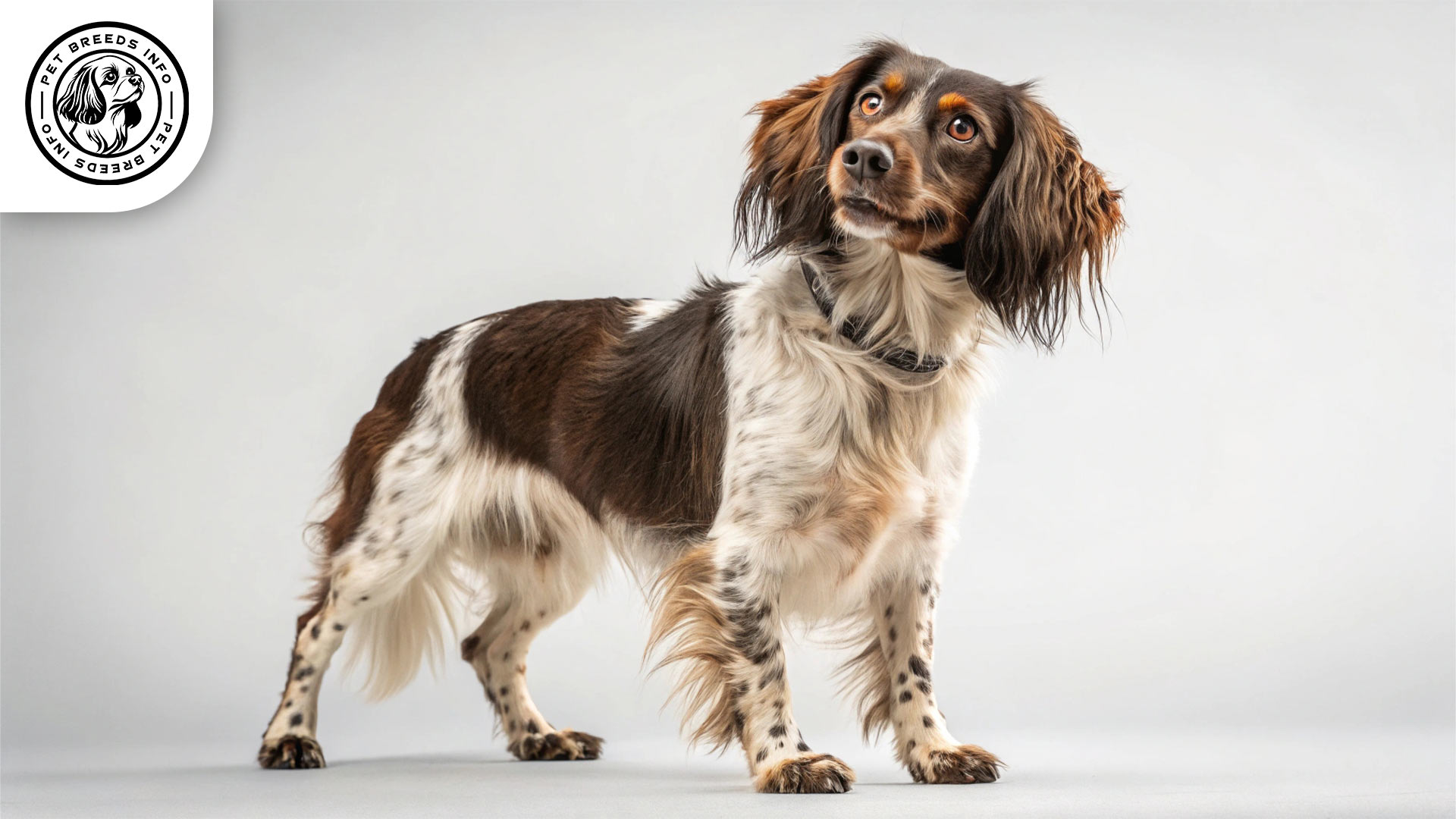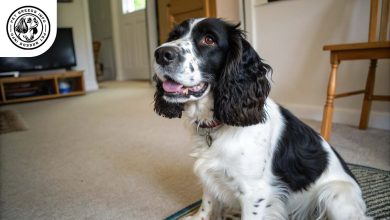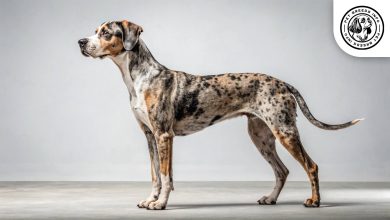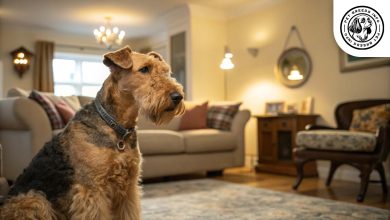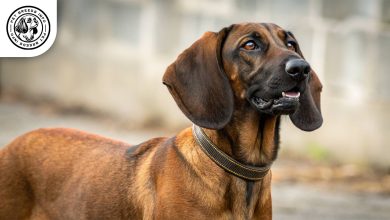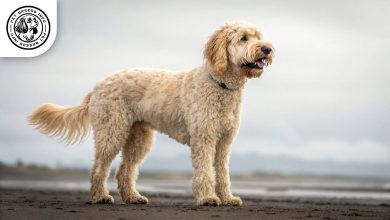German Spaniel Dog Breed: Size, Health, Price & Personality
General Introduction of the Breed
The German Spaniel, known as “Deutscher Wachtelhund” in German, is a versatile hunting dog breed originating from Germany. It is also sometimes referred to as the “Wachtelhund.” This breed was developed in the late 19th century by breeding local spaniels with Stöber dogs to create an all-purpose hunting companion. It was primarily bred for retrieving and flushing game in dense forests and rough terrains.
Table of Contents
| Weight | 16-25 kg |
| Lifespan | 12-14 years |
| Diet | High-quality kibble, raw food, or natural diet |
| Care | Moderate grooming; brushing 2-3 times per week |
| Health | Prone to hip dysplasia, ear infections, and eye issues |
| Color | Brown, reddish-brown, brown & white |
| Nature | Intelligent, energetic, loyal |
| Price | $800 – $1,500 |
Physical Characteristics
The German Spaniel is a medium-sized dog with a well-muscled build. Males typically stand between 18 to 21 inches (45 to 54 cm) tall and weigh around 40 to 55 pounds (18 to 25 kg). Females are slightly smaller, usually measuring 17 to 20 inches (43 to 50 cm) and weighing 35 to 50 pounds (16 to 23 kg).
Its coat is dense, wavy, and water-resistant, helping it thrive in wet and rugged environments. Coat colors include solid brown, reddish-brown, and brown with white markings, sometimes featuring roan patterns.
The eyes are medium-sized, oval-shaped, and typically dark brown, giving the dog an intelligent and alert expression.
The ears are long, set high, and hang close to the head, covered with wavy fur. The tail is usually medium in length and well-feathered.
One distinctive trait of the German Spaniel is its strong, athletic frame, designed for endurance and agility in demanding hunting environments.
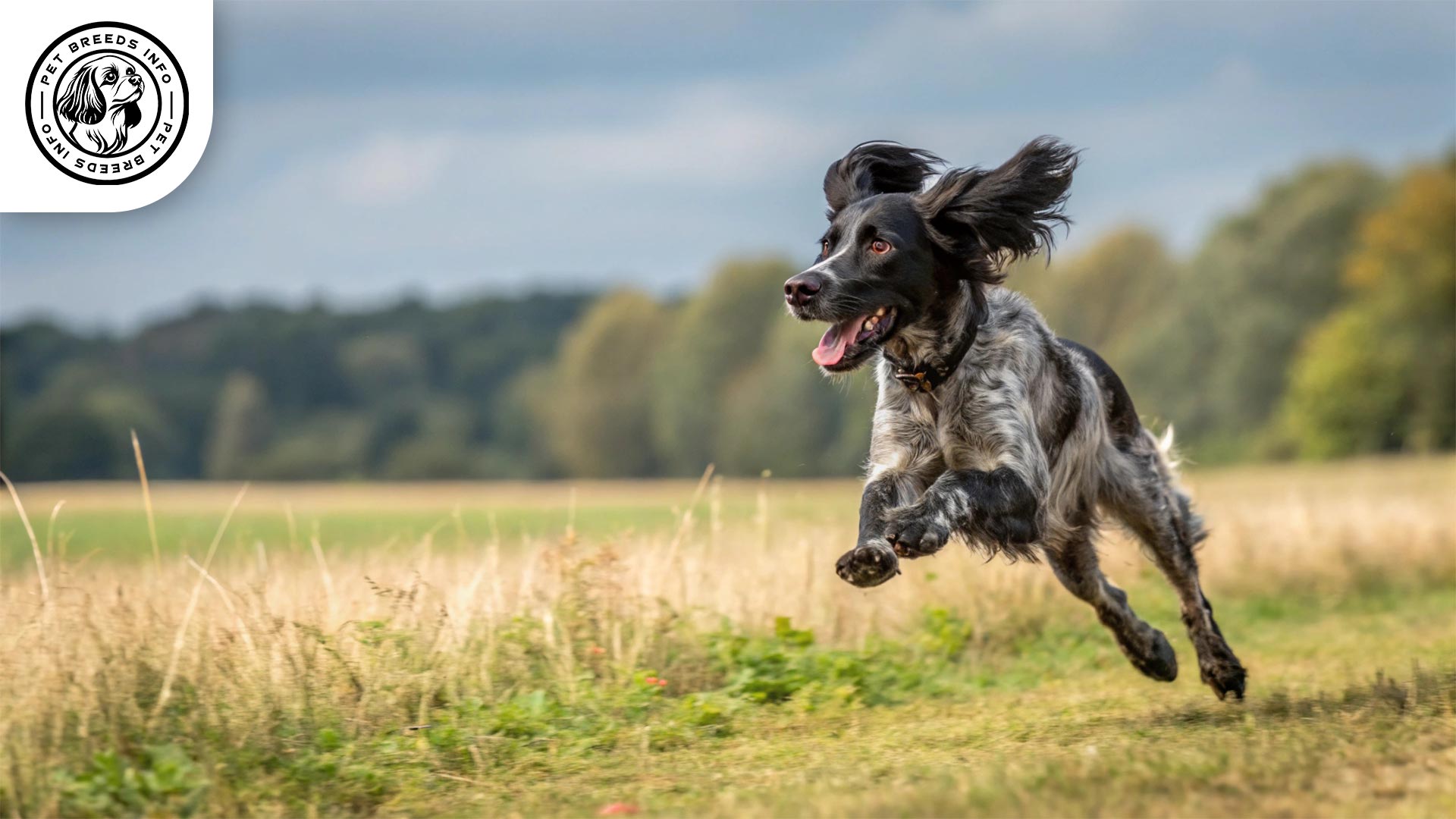
Personality and Temperament
The German Spaniel is an intelligent and eager-to-learn dog. It is known for its high energy levels and requires plenty of mental and physical stimulation. This breed forms strong bonds with its owners and is extremely loyal.
It is affectionate and gets along well with humans, especially those who provide consistent leadership and training. It typically behaves well with children but may require socialization to ensure gentleness in play.
The breed’s hunting instincts are very strong, and it has a natural tendency to track, retrieve, and flush game. Because of this, it may chase smaller animals and requires early training to manage prey drive.
The German Spaniel is highly sensitive to its environment and responds strongly to changes in mood, routine, and climate.
Care and Maintenance Requirements
This breed requires daily exercise, including long walks, runs, and outdoor play. It is best suited for active owners who can provide plenty of space for movement.
Due to its high energy levels, it is not ideal for apartment living unless given sufficient exercise. It thrives in homes with large yards, rural settings, or households involved in hunting or outdoor activities.
Grooming needs are moderate, as its thick coat requires regular brushing (at least two to three times a week) to prevent matting. It sheds moderately and may require more frequent grooming during shedding seasons.
This breed is fairly resilient to cold weather but may struggle in extreme heat, requiring access to shade and hydration in warmer climates.
Read More: Dutch Smoushond Dog
Regular ear cleaning is necessary as its long ears are prone to infections. Other hygiene routines, including bathing every few months, nail trimming, and dental care, should be maintained.
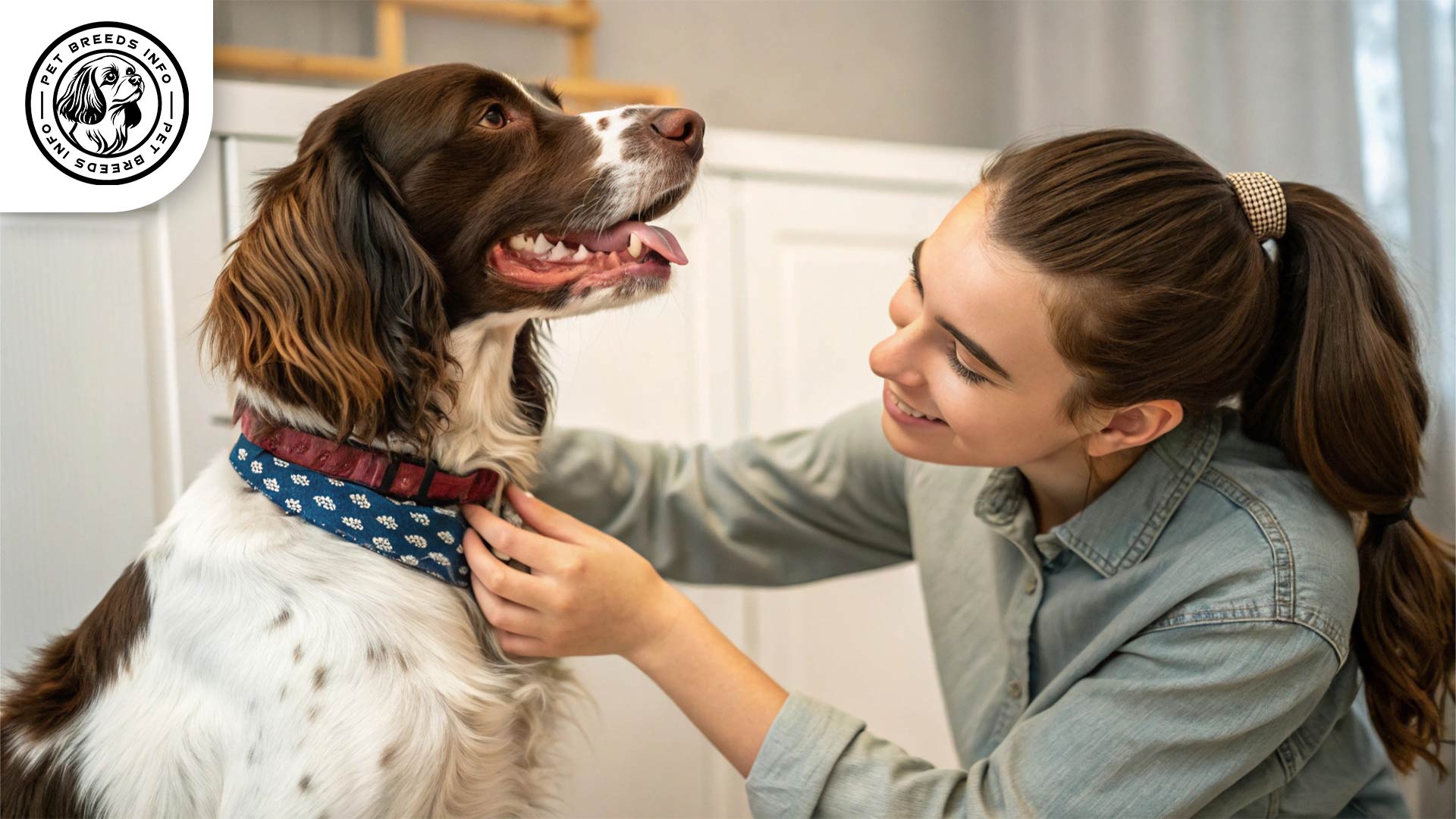
Diet and Nutrition
A well-balanced diet consisting of high-quality dry kibble, raw food, or a natural diet is recommended. Protein-rich diets help maintain its muscular physique and energy levels.
This breed has no specific dietary restrictions but benefits most from a diet containing lean meats, healthy fats, and essential vitamins.
Foods to avoid include chocolate, onions, garlic, grapes, and excessively fatty or processed foods.
Adult German Spaniels typically require two balanced meals per day, while puppies may need smaller, more frequent meals.
Health and Common Medical Issues
The German Spaniel is generally a healthy breed but may be prone to some genetic conditions such as hip dysplasia, ear infections, and eye problems.
It has a relatively long lifespan, ranging from 12 to 14 years.
Routine vaccinations, regular vet check-ups, and flea and tick prevention are essential for maintaining overall health.
Training and Behavior Management
The German Spaniel is intelligent but requires consistent training due to its independent and strong-willed nature. Positive reinforcement techniques, such as treats and praise, work best.
Read More: English Toy Terrier Dog
Early training and socialization are crucial to prevent unwanted behaviors, especially regarding prey drive and recall.
This breed responds well to firm but gentle guidance and thrives under structured training programs.
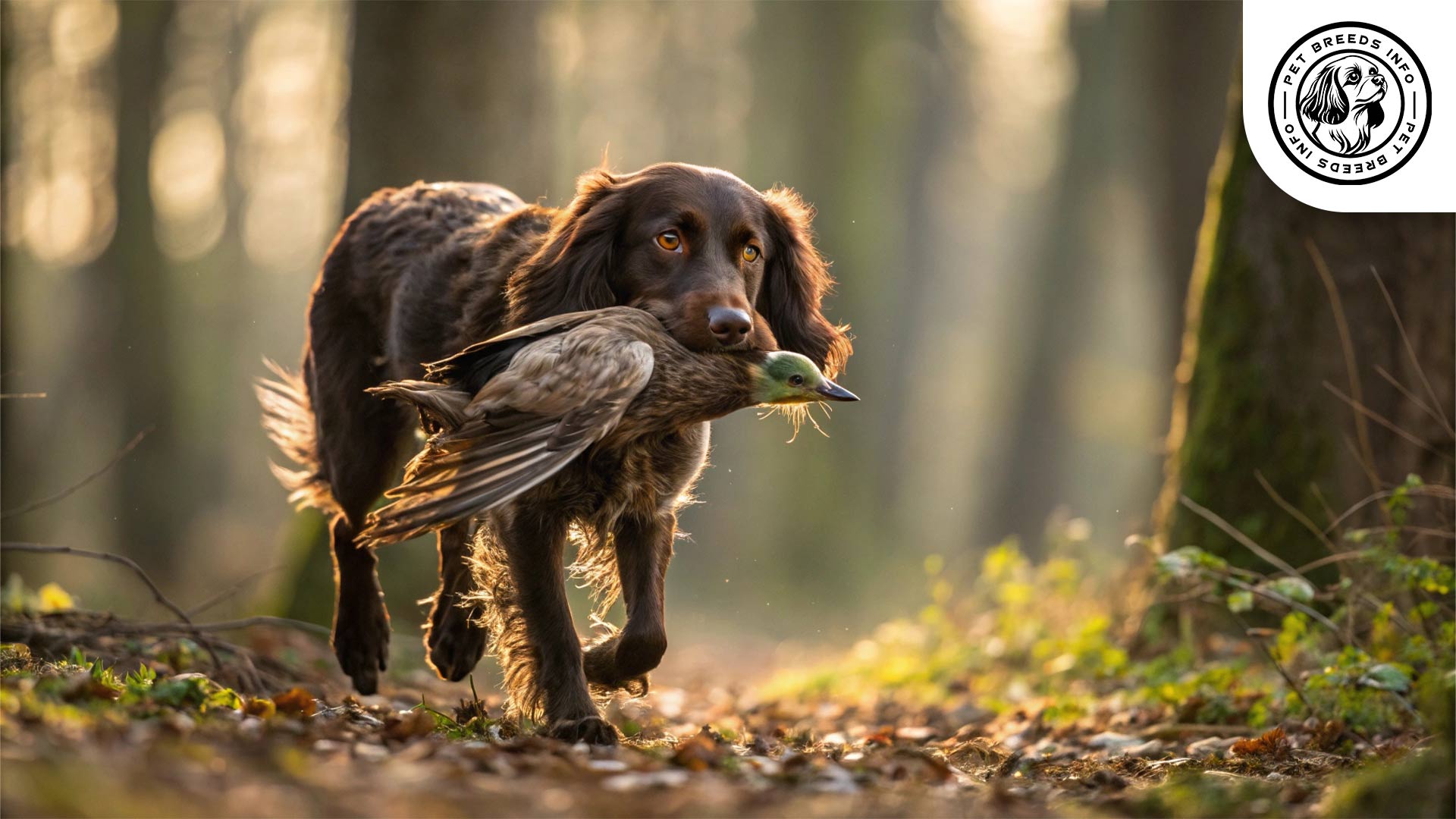
Interaction with Other Animals and Humans
The German Spaniel is affectionate and sociable with its family. It generally interacts well with children, though supervision is recommended with younger kids.
When properly socialized, it can coexist with other dogs but may not be ideal for homes with small pets due to its strong hunting instincts.
It is suited for both families and individuals, particularly those with an active lifestyle.
This breed is highly devoted and does not tolerate long periods of isolation well, making it best for owners who can spend considerable time with their pets.
Price and Availability
The cost of a German Spaniel puppy varies between $800 to $1,500, depending on pedigree, breeder reputation, and location.
When considering adoption or purchase, potential owners should ensure they choose reputable breeders who conduct health screenings.
Rescue organizations and breed-specific adoption centers may also have German Spaniels available for adoption.
Conclusion and Final Thoughts
The German Spaniel is an excellent choice for active owners who appreciate a loyal, intelligent, and energetic companion. It thrives in environments that allow for physical and mental stimulation.
This breed is best suited for households with space to explore and those involved in outdoor activities such as hunting, hiking, or running.
Read More: German Longhaired Pointer Dog
Potential owners should be prepared for regular exercise, grooming, and training to meet the breed’s high energy and independent nature.
With proper care, socialization, and training, the German Spaniel becomes a devoted family companion and a skilled working dog.
FAQ
Is the German Spaniel good for families?
Yes, it is affectionate and bonds well with families, but supervision is needed around young children.
How much exercise does this breed need?
It requires daily exercise, including long walks, running, and outdoor activities.
Is the German Spaniel suitable for apartment living?
Not ideal for apartments unless given plenty of exercise. It thrives in homes with yards or rural settings.
How often should I groom a German Spaniel?
Brush its coat at least 2-3 times a week to prevent matting and manage shedding.
